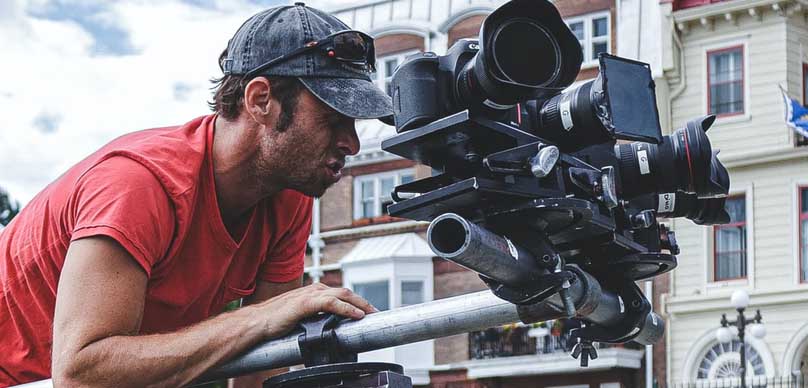The term “frame rate” is used to indicate the number of individual frames or images that are displayed per second in a film, television or computer game.
From the late 1920s, 24 frames per second has been the standard frame rates used for film, while 30 or 25fps is the standard used for TV.
24 frames per second was chosen not because it is the minimum or maximum frames the human brain can process, but because it is the middle ground between quality and cost (using higher frame rates would increase the size of the video and therefore the cost, while using lower frames would negatively affect the quality).
Nowadays, filmmakers are trying out shooting at higher frames per second. An example is director Peter Jackson who should The Hobbit at 48fps, and James Cameron who has revealed he will be shooting Avatar 2 at 60 frames per second.
The good folks over at Aputure created this video that goes deep into frame rates.
Although there is criticism about this new development, Cameron argues that shooting at higher frame rates enhances 3D feel and clarity. Whichever side you’re on, here are 8 times when you may consider shooting at frames different from 24fps:
1. If you are making Old fashioned films (16fps)
If you are shooting retro movies, you do not want to shoot at 24fps.This is because in those days, films were shot at 16 frames per second. So if you are trying to recreate that vintage look, 16fps should be your frame rate.
2. Classic Animations (12fps)
Back when cartoonists had to painstakingly draw every picture, animations were created in 12fps instead of 24. Nowadays, CGI makes it possible to create animations at whatever frame rate you like. Animators who want to create the classic look still shoot 12fps.
3. Action Sequences (21/22fps)
If you are shooting action Sequences, you should shoot at a slightly lower rate than 24fps. This way, the action looks more intense and fast when played at 24fps.
4. If you Want The Video Look (30fps)
Most TV broadcasts are aired at 30fps (for NTSC broadcast). This “TV look” at 30 frames per second has been adopted by filmmakers filming sitcoms, soap operas, and reality television.
5. When Shooting Commercials or Epic B-rolls (60/120/240fps)
If you are shooting for commercials or B-rolls, you may want to consider shooting at these frame rates. This is because shooting at these rates allow you to slow the footage down, which is common in commercials and B-rolls.
6. Ultra HD Films
Ever since Peter Jackson shot and released The Hobbit: An unexpected journey at 48fps giving the movie an ultra realistic film look, other filmmakers have also started shooting at higher frame rates.
7. Sports (300fps)
The frame rate for sport is much higher than 24fps. It is actually 300fps. Shooting at such a high frame rate allows the footage to be slowed down by one-tenth of its frames to fit TV broadcast frame rate of 30fps. It also allows viewers to watch the action at higher frame rates during high speed replay.
8. Science (Super High FPS)
When shooting for science, you have to shoot at super high frame rates. This is necessary so scientists can better observe things like explosions or cellular division. Scientists at NASA have a camera that can shoot at one trillion frames per second used, to study the motion of light.
So there you have situations that will require you to shoot at frame rates different from 24fps.
Check out this video by Filmmaker IQ, the history of frame rates.

